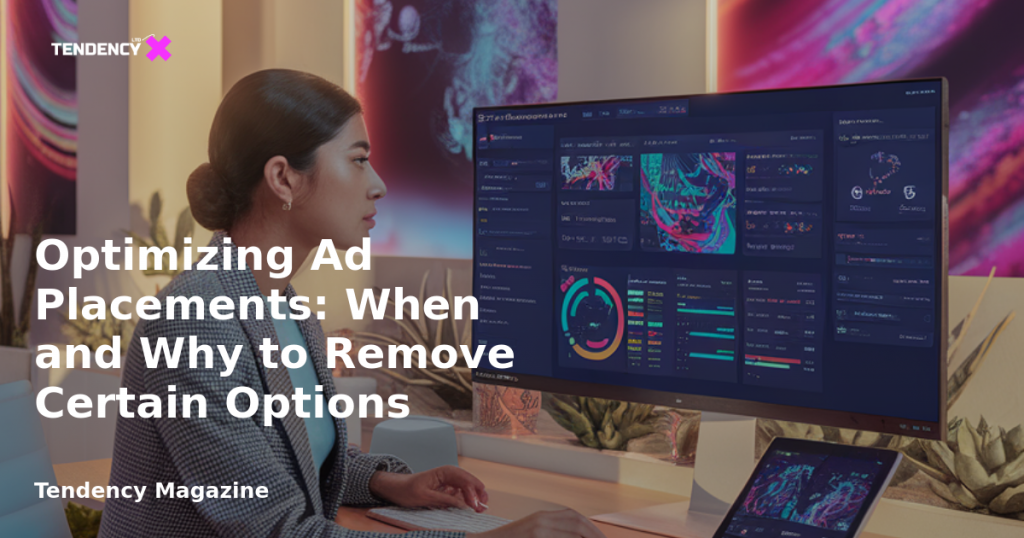Optimizing Ad Placements: When and Why to Remove Certain Options

Introduction to Ad Placements
In the ever-evolving world of digital advertising, optimizing ad placements is crucial for achieving the best results from your campaigns. However, the decision to remove certain ad placements can be complex, with various factors influencing whether these removals will benefit or hinder your performance goals. This article will delve into the intricacies of ad placements, particularly focusing on when and why you might consider removing certain options, such as the Audience Network and Rewarded Video placements.
Table of Contents
- Introduction to Ad Placements
- Understanding the Audience Network and Rewarded Video Placements
- When to Remove Placements
- The Role of Performance Goals in Placement Decisions
- Letting the Algorithm Work for You
- Conclusion
Understanding the Audience Network and Rewarded Video Placements
The Audience Network and Rewarded Video placements are often cited as problematic due to their tendency to generate inflated and low-quality results. The Audience Network, in particular, is known for driving low-quality traffic, while Rewarded Video placements can lead to incentivized, low-quality video views. These issues raise the question of whether these placements should always be removed from your ad strategy.
When to Remove Placements
Deciding to remove ad placements should be a strategic choice based on how they align with your performance goals. For instance, removing the Audience Network is advisable when optimizing for link clicks or landing page views, as it often results in low-quality interactions that can mislead the algorithm. Similarly, Rewarded Video placements should be removed when focusing on ThruPlay views, as they tend to produce incentivized views that do not genuinely engage with your content.
Beyond these specific scenarios, placements should only be removed if they consistently lead to a high volume of low-quality results that directly impact your defined performance goals. It’s essential to analyze the performance data and make informed decisions rather than assuming that these placements should always be excluded.
The Role of Performance Goals in Placement Decisions
Performance goals are the benchmarks that guide your advertising strategy. They define what success looks like for your campaigns, whether it’s increasing website traffic, boosting conversions, or enhancing brand awareness. When certain placements lead to results that contradict these goals, it may be time to reconsider their inclusion in your strategy. However, if they do not interfere with achieving your objectives, there may be no need to remove them.
Letting the Algorithm Work for You
In many cases, it’s beneficial to leverage tools like Advantage+ Placements, which allow the algorithm to optimize ad delivery across various placements. By using the Breakdown feature in your ad manager, you can monitor placement performance and ensure that nothing unusual is occurring. This approach minimizes unnecessary customizations and restrictions, thus avoiding increased costs and allowing the algorithm to perform at its best.
Conclusion
Optimizing ad placements is a nuanced process that requires careful consideration of your performance goals and the quality of results generated by each placement. While the Audience Network and Rewarded Video placements may not always align with your objectives, they should not be automatically removed without analysis. By allowing the algorithm to work effectively and making data-driven decisions, you can enhance your advertising strategy and achieve better outcomes.
2025 Tendency LTD. All rights reserved.

